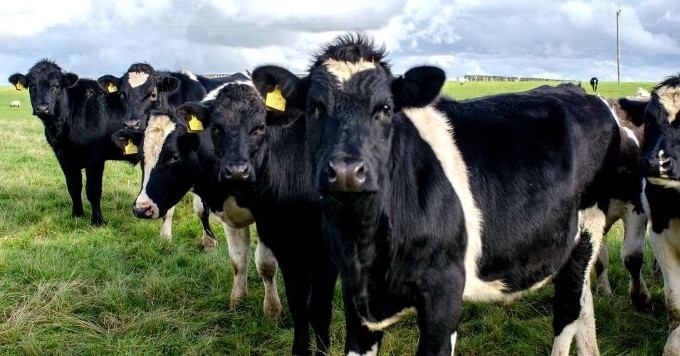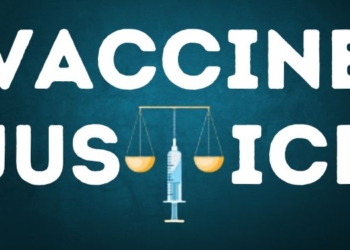
By Kumar Venkat | Common Dreams
As you sit down to eat a holiday dinner with family or friends this year, the Earth’s climate may be the farthest thing from your mind. But if you are looking for a good New Year’s resolution in a few weeks, you can’t go wrong with climate-friendly eating. The links between food and climate are significant but fairly simple to understand. It is not difficult to eat well without destroying the climate.
Perhaps the biggest climate decision around food that most of us will make is the choice of proteins. Red meats like beef and lamb have a dramatically higher carbon footprint than plant-based options such as beans or tofu. For an equal supply of protein, beef produces 20-25 times as much greenhouse gas emissions on average as beans and about 12 times as much as tofu. Chicken and turkey, on the other hand, are much more benign, producing only 3-6 times the emissions of plant-based proteins.
The average American consumes 275 pounds of red meats and poultry per year, which generates about a metric ton of greenhouse gas emissions during production. To put this in perspective, this is six percent of annual US per-capita emissions. Just replacing beef with chicken would cut these emissions in half and is one of the easier solutions if you are not ready to go vegetarian or vegan. For those willing to try meat substitutes, plant-based burger patties generate only a tenth of the emissions of ground beef.
When greenhouse gas emissions of food products are calculated over the full product life cycles, emissions from transportation are generally less than 10 percent of total emissions and therefore not very significant. Moreover, local food production often suffers from inefficient distribution—and higher emissions per pound of food—compared to the highly streamlined logistics of long-distance goods transport.
So you don’t have to buy local to be climate-friendly as long as you are not getting fresh foods like salmon that are air-freighted.
Life-cycle assessments of organic production point to a number of common inefficiencies such as lower yields and higher on-farm energy use. Increased soil carbon sequestration remains the one clear advantage in the first few decades after converting conventional croplands to organic production. But the lower yields would have to be made up through increased food production and land-use changes elsewhere.
Net emissions would likely be greater with any large-scale move to organic production, so eating organic is more a matter of personal preference than a climate solution
Food processing and packaging do add to a product’s life-cycle emissions. Since plant-based foods start out with low emissions, they see a larger relative impact than animal foods. Processing is likely to be more energy-efficient and less wasteful than home cooking but freezing can more than double the emissions of plant-based foods. Packaging typically contributes less than ten percent of total product emissions in most cases, but it could double the emissions of processed fruits or vegetables that are canned or bottled.
Neither of these impacts is large enough for consumers to avoid processed and packaged foods entirely on the basis of climate.
Finally, the food that we don’t eat has a climate impact from the wasted production, processing, transport, and disposal. Nearly 30 percent of the food produced in the US is wasted each year, and over 60 percent of that is consumer waste. This works out to about 240 pounds of avoidable waste per person and contributes 1-2 percent to per-capita emissions. But not all food waste is equal.
Wasted animal foods have 3.5 times the climate impact of plant-based foods on average, so it helps to start by focusing the waste reduction on high-emission foods.
Rather than taking on a laundry list of small actions around food and climate, it might be easier—and more satisfying—to commit to a couple of big things in the new year that can really move the needle. After years of studying the climate impacts of foods, I can’t think of anything more impactful than our choice of proteins, followed by waste reduction. Everything else that we can do for food sustainability is the icing on the cake.
















